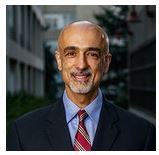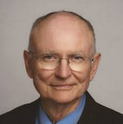Practice of Pædiatric Orthopædics
Introduction
This is a book founded upon principles and guided by practicality. It was conceived by Dr. Lynn Staheli with the goal of presenting the work of the pædiatric orthopædic surgeon in a simple but never simplistic, direct as opposed to sinuous, and most importantly readable form. We have adhered faithfully to Ockham’s Principle of Parsimony, willing to sacrifice comprehensiveness at the altar of clarity for what is first and foremost a teaching tool and not a surgical manual or a research compendium. The language is directive because brevity begets clarity.
Figures are rudimentary in order that they may be accessible to the reader, who might imagine drawing them, and not to distract from the essential information. Peaks and valleys are emphasized: let the reader fill in what lies between. We acknowledge when consensus has not been reached and uncertainty leads to variability. Where there is consensus, facts are presented. Controversy is acknowledged in so far as it influences understanding and management. Where there is clinical equipoise, no recommendation is given to avoid prejudice. We hope that the reader will find the book useful and that our patients and colleagues will accept it in gratitude for all they have taught us.
Mohammad Diab, MD
Lynn T. Staheli, MD
The Authors
 |
Professor & Vice-Chair (Pædiatrics) Endowed Professor, Pædiatric Orthopædic Education Department of Orthopædic Surgery University of California San Francisco |
 |
Emeritus Professor, Department of Orthopædics Founding Editor, Journal of Pædiatric Orthopædics University of Washington School of Medicine
|
The Chapters
01 Introduction
02 Upper Limb
03 Spine
04 Hip
05 Lower Limb
07 Trauma
08 Sports
09 Infection
10 Tumors
12 Syndromes
13 Index